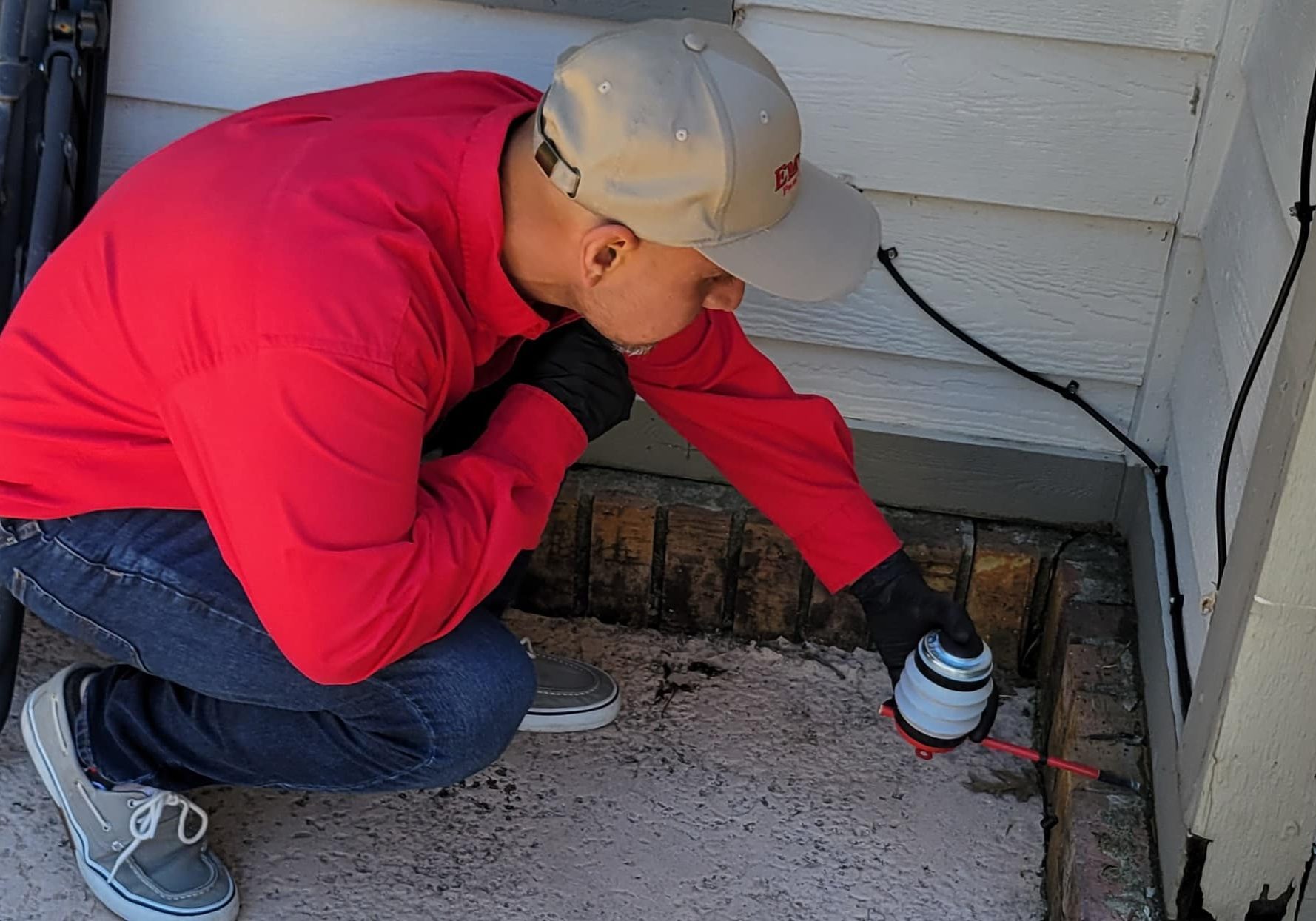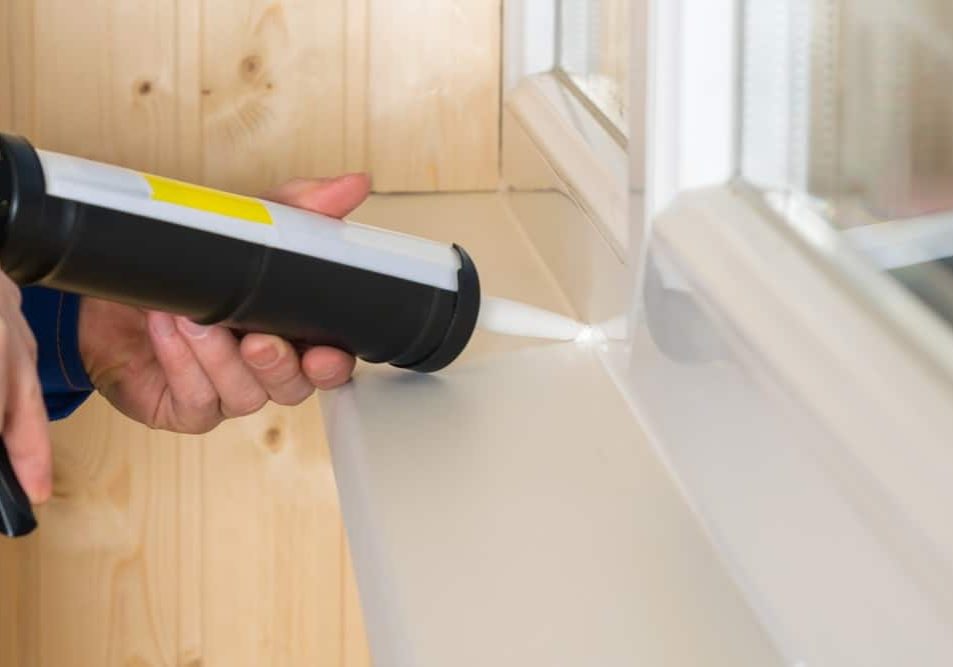Introduction
As winter’s chill recedes and the warmth of spring envelops us, nature awakens in vibrant hues and renewed life. Trees bloom, flowers blossom, and unfortunately, termites begin their notorious swarming activities. For homeowners, this season marks a critical time to be vigilant about potential termite infestations. Understanding what termite swarming entails, recognizing the signs, and preparing adequately can mean the difference between a tranquil spring and a costly repair season.
Understanding Termite Swarming
Termite swarming is an essential phase in the life cycle of termites, particularly the winged adult termites known as swarmers or alates. These swarmers emerge from established colonies during warm, humid days, typically following rain, to mate and establish new colonies. The timing of these swarms can vary depending on regional climate conditions, but generally, they occur in late spring.
One of the most common types of termites that engage in this behavior is the Eastern Subterranean Termite. This species is notorious for its destructive feeding habits and large colony sizes, often leading to severe structural damage to homes. During a swarm, thousands of these winged termites take flight, creating a spectacle that can be alarming for homeowners.
The biological purpose of swarming is critical for the survival of the species. When swarmers take to the skies, they are in search of new habitats where they can settle and reproduce. Unfortunately, this means that wherever they choose to land, they can pose a significant threat to the wooden structures of homes and buildings.

Signs of a Termite Swarm and the Risks Involved
Recognizing the signs of a termite swarm is vital for homeowners. Swarmers can be identified by their distinctive physical characteristics: two pairs of wings that are equal in size, straight antennae, and a thick waist. They are often confused with flying ants, but knowing these traits can help you differentiate between the two.
After a swarm, it’s common to find discarded wings around windowsills, doors, or other entry points. This shedding of wings is a clear indicator that swarmers have recently visited your property in search of new nesting sites. Additionally, other signs of a potential infestation include mud tubes along walls, hollow-sounding wood, and frass (termite droppings) that resemble small wood pellets.
The risks associated with termite swarming extend far beyond the immediate sighting of these pests. If left unchecked, termites can cause significant damage to wooden structures, including beams, flooring, and cabinetry. The financial implications can be staggering, with homeowners in the United States spending billions annually on termite control and damage repair. Understanding these potential economic impacts motivates homeowners to take preventative measures seriously.
What to Do If You Suspect an Infestation
Despite best efforts at prevention, termite infestations can still occur. If you suspect that you may have a termite problem, it’s crucial to act quickly. Avoid disturbing any affected areas, as this can trigger termites to relocate and make detection more difficult. Instead, contact a professional pest control service immediately to assess the situation and provide effective treatment options.
When choosing a pest control provider, look for licensed and experienced professionals who can offer comprehensive service plans tailored to your needs. It's essential to ask for references and ensure they have a solid reputation in your community. Professional pest control services can provide targeted treatments and long-term solutions, such as termite baiting systems, which help monitor and prevent future infestations.

Furthermore, it’s beneficial to understand the various treatment options available. Chemical treatments involve applying insecticides to the soil around your home to create a barrier against termites. Alternatively, baiting systems utilize bait stations placed around the property to attract termites, which then carry the toxic bait back to their colonies, effectively eliminating them at the source.
In addition to chemical treatments, there are also non-chemical options available, such as heat treatment and nematodes. Heat treatment involves raising the temperature of the affected area to a level that is lethal to termites, while nematodes are microscopic worms that can be introduced to the soil to target and kill termites.
At Emtec Pest Control, we are committed to safe and responsible pest control. We understand that your family’s safety is your number one priority, so we make it our priority, too.
If you have any other questions about any of these pests or pest control for your home or business, contact your Oklahoma pest control experts at Emtec Pest Control by calling us or by filling out our online contact form.

